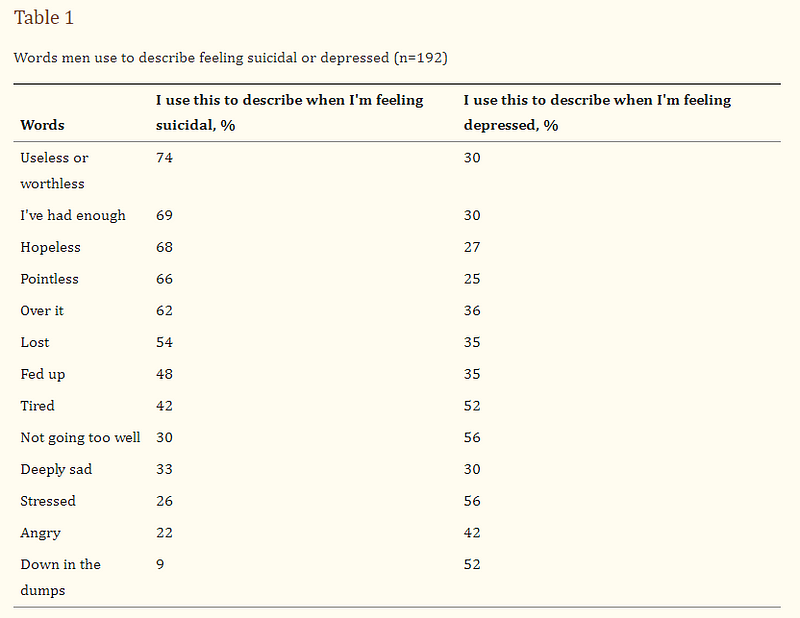Understanding the Contrast Between Profound Despair and Pervasive Sadness
Written on
Chapter 1: Emotional Landscapes
Human emotions are intricate and varied, ranging from subtle shifts to deep lows. People often utilize diverse terminology to articulate their emotional experiences, reflecting different levels of distress.

A deeply-rooted sense of despair is characterized by an overwhelming hopelessness coupled with feelings of worthlessness or ineffectiveness. Common phrases like “I’ve had enough,” “hopeless,” “pointless,” and “over it” vividly express this intense emotional struggle. This state can feel all-consuming, often leading to a sense of total emotional exhaustion that feels insurmountable.
In comparison, pervasive sadness denotes a more general feeling of unhappiness or dissatisfaction. Those experiencing this emotion might convey milder sentiments, using terms such as “stressed,” “tired,” “not going too well,” and “down in the dumps.” Although it lacks the depth of profound despair, pervasive sadness persists as an ongoing sense of melancholy that colors day-to-day experiences.
The key difference between these emotional states lies in their intensity and their effects on an individual’s mental health. Profound despair often transcends surface emotions, leaving individuals feeling immobilized and questioning their self-worth, life’s meaning, and ability to envision a hopeful future. This can lead to a crushing sense of hopelessness, sometimes culminating in thoughts of worthlessness or suicidal ideation.
A study conducted in Australia highlights this concern, engaging 251 men who had attempted suicide within the last 6-18 months. They were asked to describe their feelings during suicidal moments compared to when they were simply depressed.
They discovered that:
Understanding the terminology men use to articulate their feelings is crucial for recognizing depression and suicidal tendencies. The language associated with suicidality reflected deeper despair (terms like useless, worthless, hopeless, and over it) than those describing depression (which included stressed, tired, and down in the dumps).

In summary, while both profound despair and pervasive sadness represent negative emotional states, they differ significantly in their depth, breadth, and overall impact on a person's well-being. Understanding these distinctions is essential for providing effective support and intervention for individuals grappling with emotional turmoil, ensuring they receive the care and assistance they require.

If you are experiencing suicidal thoughts in Australia, please reach out to Lifeline at 131114. For more information on this research, visit:
What might interrupt men’s suicide? Results from an online survey of men
Men are nearly twice as likely to die by suicide compared to women, yet limited research has focused on necessary interventions.